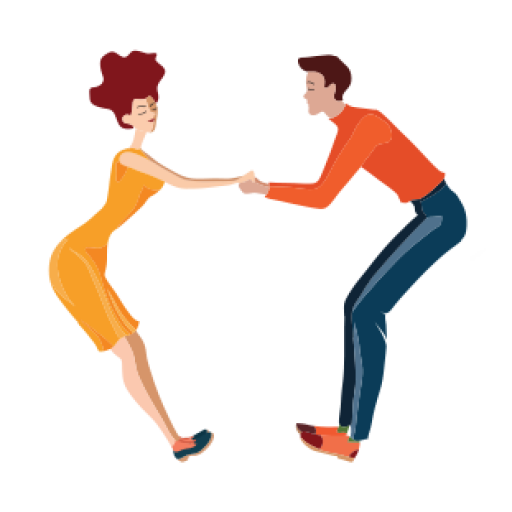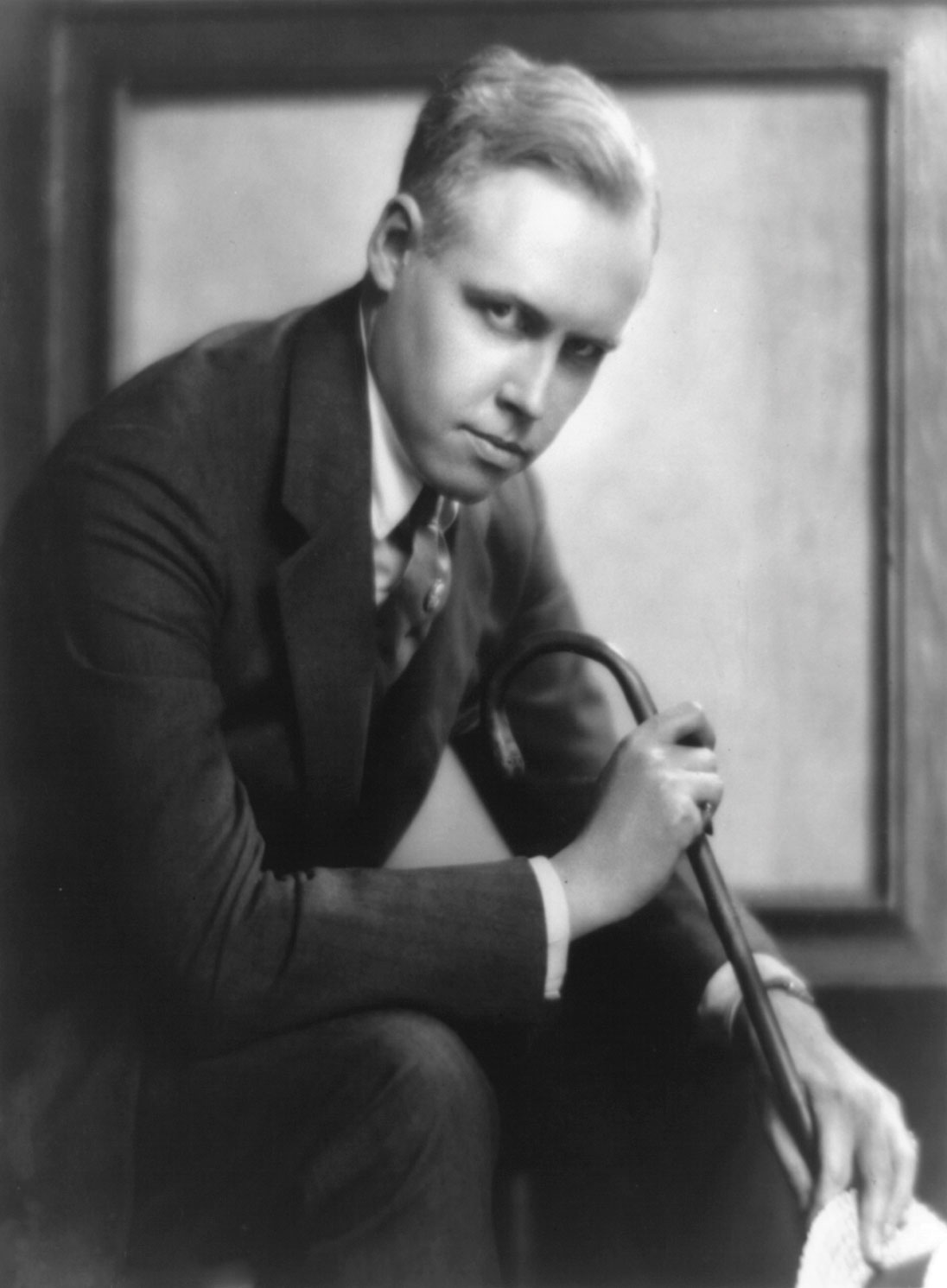Girando su Internet mi sono imbattuto in questo articolo scritto nel 1930 da Carl Van Vechten e che parla proprio del Lindy Hop.
Carl Van Vechten è stato uno scrittore, ed un fotografo che proprio in quegli anni (’20-’40) passò gran parte del tempo ad Harlem, NY dove avrebbe preso spunto per tutta una serie di ritratti fotografici ed alcuni libri, tra i quali il più interessante per noi: “Nigger Heaven”, direttamente tradotto come “il paradiso dei negri” (non ristampato, ma di cui ho una prima edizione italiana), romanzo ambientato, per l’appunto, ad Harlem dove la cosa interessante è che in questo libro descrive l’alta società nera degli anni ’20, discostandosi dalla moda dell’epoca che voleva libri “pittoreschi” dove la vita dei neri veniva rappresentata come selvaggia e promiscua.
Van Vechten, con la sua sensibilità non può non avere incontrato il Savoy, la famosa sala da ballo che nel 1930 era stata aperta da 4 anni, e non può non avere visto il primo Lindy Hop ed essersene fatto un idea. Infatti ecco questo articolo, pubblicato per il giornale Brooklyn Citizen nel 1930 e che inserisco integralmente:
“Lindy Hop Comes Into Its Own”
By Carl Van Vechten
Brooklyn Citizen 1930 [precise date unknown]
Every decade or so some Negro creates or discovers or stumbles upon a new dance step which so completely strikes the fancy of his race that it spreads like water poured on blotting paper. Such dances are usually performed at first inside and outside of lowly cabins, on levees, or, in the big cities, on street corners. Presently, quite automatically, they invade the more modest night clubs where they are observed with interest by visiting entertainers, who, sometimes with important modifications, carry them to a higher low world. This process may require a period of two years or longer for its development. At just about this point the director of a Broadway revue in rehearsal, a hoofer, or even a Negro who puts on “routines” in the big musical shows, deciding that the dance is ready for white consumption, introduces it, frequently with the announcement that he has invented it. Nearly all the dancing now to be seen in our musical shows is of Negro origin, but both critics and the public are so ignorant of this fact that they production of a new Negro revue is an excuse for the revival of the hoary old lament that it is a pity the Negro can’t create anything for himself, that he is obliged to imitate the white man’s revues. This, in brief, has been the history of the Cake-Walk, the Bunny Hug, the Turkey Trot, the Charleston, and the Black Bottom. It will probably be the history of the Lindy Hop.
“Nearly all the dancing now to be seen in our musical shows is of Negro origin… This, in brief, has been the history of the Cake-Walk, the Bunny Hug, the Turkey Trot, the Charleston, and the Black Bottom. It will probably be the history of the Lindy Hop.”
— Carl Van Vechten
* * *
The Lindy Hop made its first official appearance in Harlem at a Negro dance marathon staged at Manhattan Casino some time in 1928. Executed with brilliant virtuosity by a pair of competitors in this exhibition, it was considered at the time a little too difficult to stand much chance of achieving popular success. The dance grew rapidly in favour, however, until a year later it was possible to observe an entire ballroom filled with couples devoting themselves to its celebration.
The Lindy Hop consists in a certain dislocation of the rhythm of the fox-trot, followed by leaps and quivers, hops and jumps, eccentric flinging about of arms and legs, and contortions of the torso only fittingly to be described by the world epileptic.
After the fundamental steps of the dance have been published, the performers may consider themselves at liberty to improvise, embroidering the traditional measures with startling variations, as a coloratura singer of the early nineteen century would endow the score of a Bellini opera with roulades, runs and shakes.
To observe the Lindy Hop being performed at first induces gooseflesh, and second, intense excitement, akin to religious mania, for the dance is not of sexual derivation, not does it include its hierophants towards pleasures of the flesh. Rather it is the celebration of a right in which glorification of self plays the principal part, a kind of tersichorean megalomania. It is danced, to be sure, by couples, but the individuals who compose these couples barely touch each other during its performance, and each may dance alone, if he feels the urge. It is Dionysian, if you like, a dance to do honour to wine-drinking, but it is not erotic. Of all the dances yet originated by the American Negro, this the most nearly approaches the sensation of religious ecstacy. It could be danced, quite reasonably and without alteration of tempo, to many passages of the Sacre Printemps of Stravinsky, and the Lindy Hop would be as appropriate for the music, which depicts in tone the representation of certain pagan rites, as the music would be appropriate for the Lindy Hop.
Ci si trovano alcuni spunti interessanti, come il fatto che altri balli precedentemente ( alcuni balli dell’era del ragtime ed il Charleston…) sono stati incasellati e “codificati” ad uso dei bianchi, perdendo la propria natura e così accadrà anche con il Lindy Hop. Abbastanza profetico.
Oppure, nell’ultimo paragrafo, dove indica che è, si, un ballo di coppia ma quando si sente l’urgenza ognuno possa ballare da solo! (jazz steps).
E poi parla di libertà, improvvisazione, contorsioni. Questo era il Lindy Hop
Good night, and good luck
E.M.

